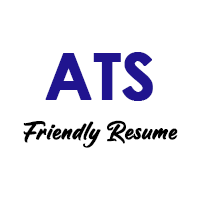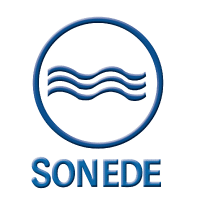In the digital age of job applications, the use of Applicant Tracking Systems (ATS) has become increasingly prevalent. ATS is a software used by employers to streamline and automate the initial screening of resumes. However, many job seekers are unaware of how ATS works and how to optimize their resumes to increase their chances of passing through the ATS screening process. In this article, we will guide you through the process of creating an ATS-friendly resume that will effectively highlight your skills and qualifications, ensuring you stand out to potential employers.
Understanding ATS
ATS is designed to simplify the hiring process for employers by scanning and analyzing resumes for specific keywords, qualifications, and experiences relevant to the job description. The system ranks resumes based on their alignment with the criteria set by employers, and only the top-ranked candidates are shortlisted for further review. To ensure your resume reaches human eyes, you must tailor it to meet the ATS requirements.
Keyword Research
The first step to crafting an ATS-friendly resume is conducting thorough keyword research. Carefully analyze the job description and take note of the essential keywords, skills, and qualifications mentioned. ATS algorithms rank resumes based on the presence and density of these relevant keywords. Integrate these keywords naturally throughout your resume, especially in the summary, work experience, and skills sections.
Use ATS-Compatible Formatting
Simplicity is key when it comes to formatting your resume for ATS. Avoid using complex layouts, graphics, tables, or images, as ATS might not be able to interpret them properly. Stick to standard fonts like Arial, Calibri, or Times New Roman, and use clear headings and bullet points for better readability. Avoid using headers or footers, and ensure the document is saved in a common file format like .docx or .pdf to prevent compatibility issues.
Focus on Resume Sections
a. Summary: Your resume’s opening section should include a powerful summary that encapsulates your skills and experiences relevant to the job. It should incorporate essential keywords and highlight your career accomplishments concisely.
b. Work Experience: While detailing your work experience, use bullet points and quantify your achievements with numbers and data wherever possible. This not only makes your resume more impactful but also helps ATS recognize your accomplishments.
c. Skills: Create a separate section dedicated to showcasing your skills. Mention both hard and soft skills, ensuring they align with the keywords from the job description.
d. Education and Certifications: Mention your educational qualifications and any relevant certifications. However, if you have vast work experience, prioritize that section over education.
Tailor Each Resume
Avoid sending a generic resume to multiple job openings. Tailor your resume for each application, emphasizing the most relevant skills and experiences for that particular job. This personalized approach will significantly increase your chances of passing the ATS screening process.
Proofread Your Resume
Spelling and grammar errors can be detrimental to your chances of getting shortlisted. After customizing your resume, proofread it thoroughly to ensure there are no mistakes. Some ATS systems even consider the quality of writing, so a well-edited resume is vital.
Use Standard Job Titles
ATS often recognizes standard job titles more effectively than creative or unique titles. Use common job titles to ensure the system accurately identifies your qualifications.
In the competitive job market, an ATS-friendly resume is essential to secure that initial screening and get one step closer to your dream job. By understanding how ATS works and optimizing your resume accordingly, you increase your chances of being noticed by potential employers. Conduct keyword research, use simple formatting, and tailor each resume for the specific job application. Remember, an ATS-friendly resume is not about gaming the system but rather presenting your qualifications in the most effective and relevant manner. Follow these guidelines, and you’ll be well on your way to a successful job search. Good luck!

Restaurant Ibn Cham
Ariana, Tunisie

MSH International Tunisia Branch
Tunis, Tunisie

Binacts
Tunis, Tunisie

Mosofty
Tunis, Tunisie
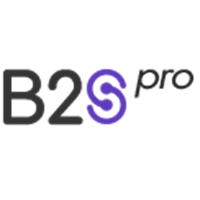
BS Pro
Médenine, Tunisie

Géothentic
Tunis, Tunisie

Société Atlas Packaging
Sousse, Tunisie

Iris Shoes
Tunis, Tunisie

Restaurant Ibn Cham
Ariana, Tunisie

MSH International Tunisia Branch
Tunis, Tunisie

Binacts
Tunis, Tunisie

Mosofty
Tunis, Tunisie

BS Pro
Médenine, Tunisie

Géothentic
Tunis, Tunisie

Société Atlas Packaging
Sousse, Tunisie

Iris Shoes
Tunis, Tunisie
›› ››


Toutes les régions, Tunisie

Tunis, Tunisie

Ariana, Tunis, Tunisie
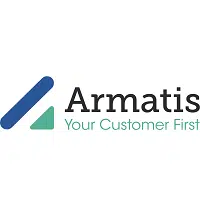
Tunis, Tunisie
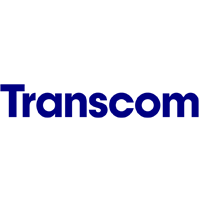
Ariana, Tunis, Tunisie
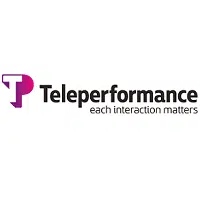
Ariana, Ben Arous, Toutes les régions, Tunis, Tunisie

Nabeul, Tunisie

Des Collaborateurs
Toutes les régions, Tunisie

Des Collaborateurs
Toutes les régions, Tunisie

Des Collaborateurs
Toutes les régions, Tunis, Tunisie
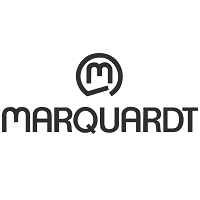
Des Collaborateurs
Toutes les régions, Tunisie

Des Collaborateurs
Toutes les régions, Tunis, Tunisie

Des Collaborateurs
Tunis, Tunisie


The Z boutique Hôtel Sfax
Sfax, Tunisie

Redbridge International School
Tunis, Tunisie

Finky Consulting
Ben Arous, Tunisie

Autokey
Tunis, Tunisie

DeepAI
Tunis, Tunisie

Alufer
Tunis, Tunisie

Société
Tunis, Tunisie

Construction Métallique
Tunis, Tunisie

DuetoData
Sousse, Tunisie

